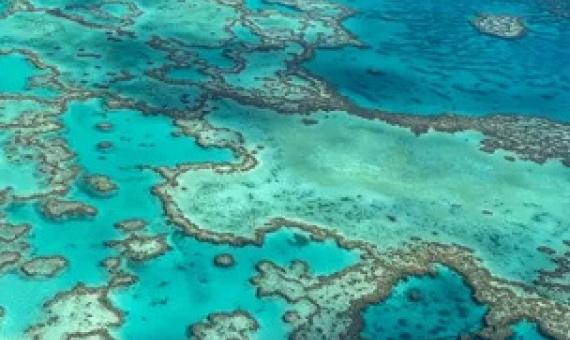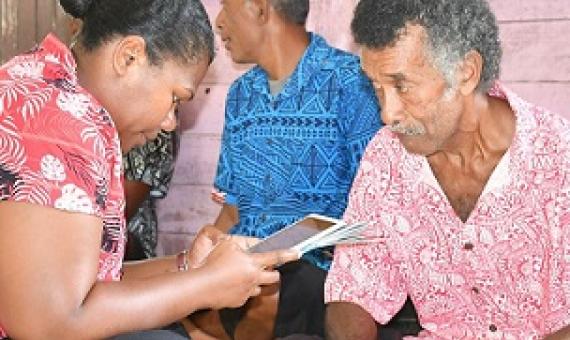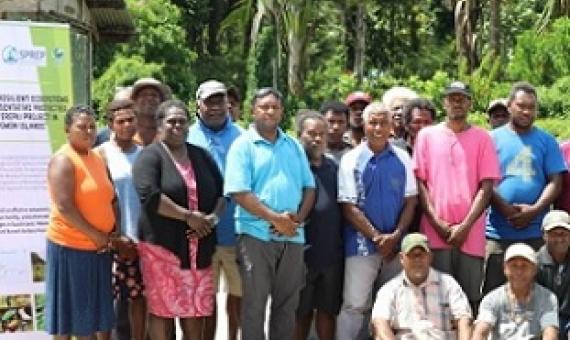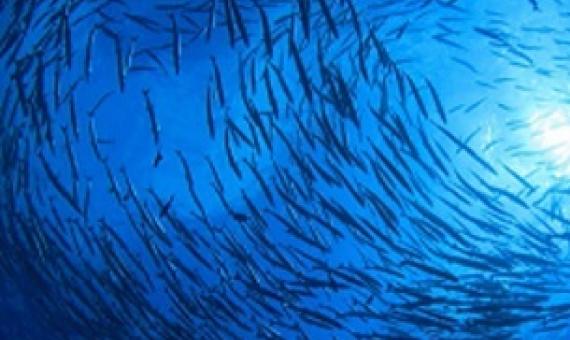A UN-backed mission to the Great Barrier Reef has concluded the world’s biggest coral reef system should be placed on a list of world heritage sites in danger.
The first phase of consultation on the Lau Seascape and the Marine Protected Area 30×30 Initiative concluded last Friday at Nayau Island in Lau.
Conserving our sea of islands - State of protected and conserved areas in Oceania
Conserving our sea of islands: State of protected and conserved areas in Oceania is a landmark publication, bringing together regional and international experts to prepare the first comprehensive review of the status and issues for protected and conserved areas in the region. The report embodies the spirit of the late scholar Epeli Hau’ofa, who devised the phrase ‘Our Sea of Islands’ to help re-imagine the region as selfdetermined ‘Big Ocean States’ connected to place and each other – ideas that underpin conservation.
Over the weekend a team consisting of staff from the Environment and Conservation Division (ECD) and the ‘Ensuring Resilient Ecosystems and Representative Protected Areas in Solomon Islands’ (EREPA) project held a successful discussion with communities from Manawai to Masupa to introduce the conc
Site-level tool for identifying other effective area-based conservation measures (OECMs)
This tool guides an assessor through three steps to apply eight criteria which determine if a site qualifies as an OECM as set out under the Convention on Biological Diversity. For sites which do not currently meet all the criteria, the tool serves to highlight areas where further information or improvements in governance and management are required. OECMs are integral to national commitments under Target 3 of the Kunming-Montreal Global Biodiversity Framework, and contribute to many other targets.
From UN headquarters in New York, what did IUCN see from the UN's 5th session of the Intergovernmental Conference on conservation and sustainable use of marine biological diversity beyond areas of national jurisdiction (also known as the High Seas Treaty)? The negotiations got very close to
More than half of species whose endangered status cannot be assessed due to a lack of data are predicted to face the risk of extinction, according to a machine-learning analysis published Thursday.
Billions of people around the world rely on the ocean for food, income and cultural identity. But climate change, overfishing and habitat destruction are unraveling ocean ecosystems.
There have been more sightings of Samoa’s endangered national bird the manumea in two different sites of the Uafato rainforest on the east coast of Upolu. The sighting of the manumea (Didunculus strigirostris) and recording of their calls were made by two teams while doing field sur
High-profile international commitments for ocean protection: Empty promises or meaningful progress?
As 2020 approaches, countries are accelerating their commitments to protect 10% of the ocean by establishing and expanding marine protected areas (MPAs) and other area-based protections. Since it began in 2014, the Our Ocean Conference (OOC) has become a high-profile platform to announce ocean commitments. To evaluate the impact of these promises, this analysis asked: (1) What are the MPA commitments? (2) Who is making them? (3)Have these announcements been followed by action? and (4) Have they contributed significantly to ocean protection?













